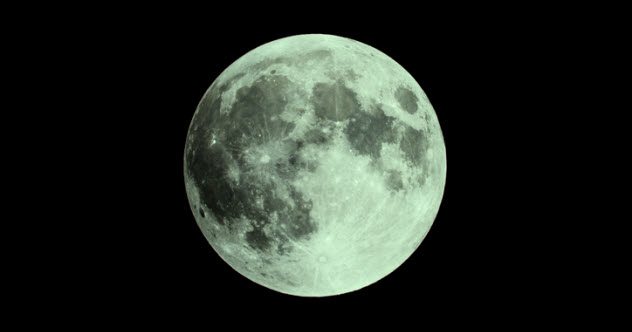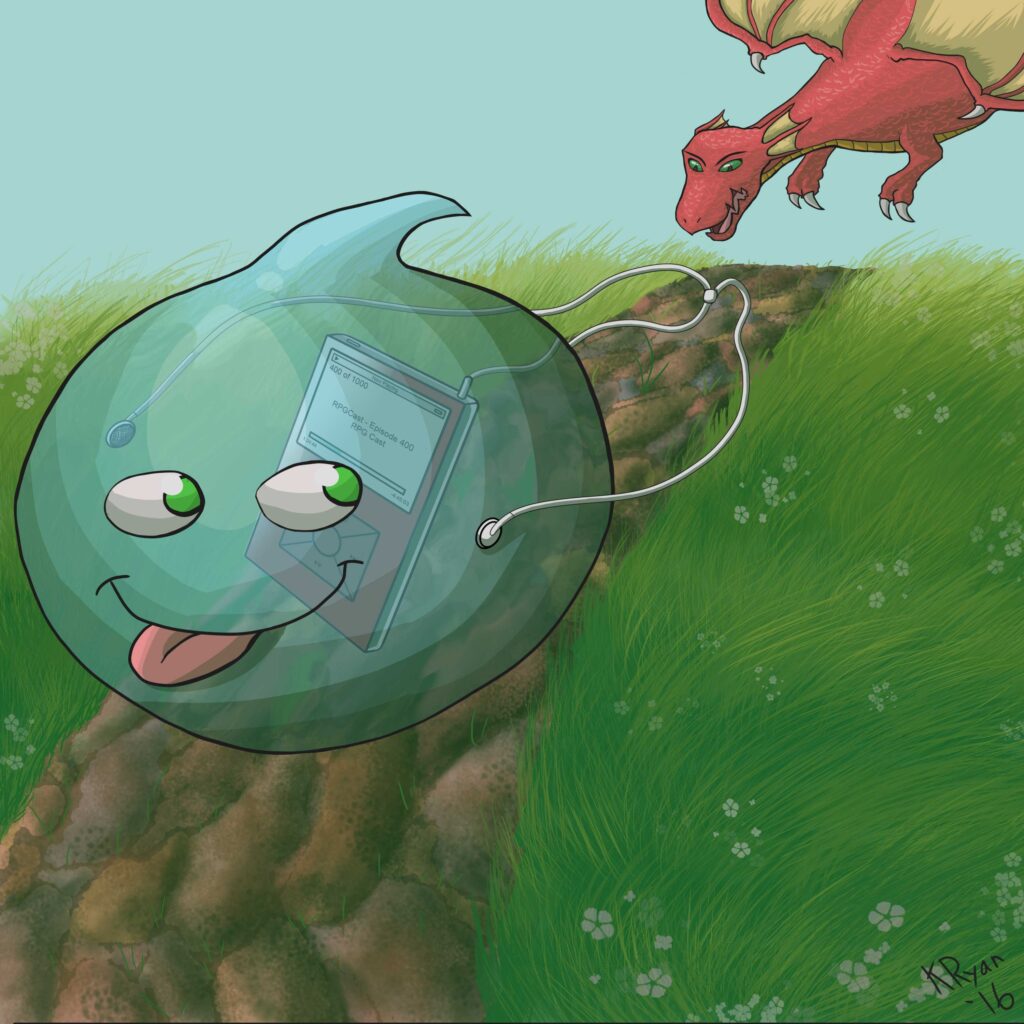The night sky holds countless celestial wonders, but few are as captivating as the moons of our solar system. While Earth boasts just one moon, other planets have entire families of moons, each unique in its size, composition, and history. These natural satellites range from small, rocky chunks to massive, planet-like bodies with complex surfaces and even atmospheres.
The largest moons in our solar system are found orbiting the gas giants Jupiter, Saturn, Uranus, and Neptune. These enormous planets, far from the warmth of the Sun, host some of the most fascinating and mysterious moons we’ve ever observed. From icy surfaces cracked by tidal forces to volcanoes spewing sulfur, these moons are laboratories of extreme environments.
This list explores the ten largest moons in the solar system, ordered from smallest to largest, revealing their secrets and highlighting the discoveries made by astronomers and space probes over the years. Whether it’s Oberon’s icy solitude or Ganymede’s vast oceans, each moon tells a story of its planet’s past and hints at the broader mysteries of our cosmic neighborhood.
Related: 10 Groundbreaking Space Missions That Flew under the Radar
10 Oberon (Uranus)
Exploring Oberon: Uranus’ Mysterious Moon
Oberon, the outermost of Uranus’s major moons, is a frozen world of ice and rock, measuring 473 miles (761 kilometers) in diameter—about the size of Nebraska. Its desolate surface is marked by large craters and dark patches, hinting at ancient collisions. Voyager 2, the only spacecraft to visit Oberon in 1986, revealed a barren landscape with towering cliffs and icy plains. Despite its distance from Earth and extreme cold, Oberon remains a tantalizing object of study for astronomers.
What makes Oberon particularly intriguing is its mythological namesake. Named after the king of the fairies in Shakespeare’s A Midsummer Night’s Dream, it symbolizes the blending of art and science. While the icy patches and shadowy regions suggest a long history of impacts, the exact processes shaping its surface remain unclear. Future missions could uncover hidden geological activity beneath its icy crust. With surface gravity too weak to support humans and temperatures far below freezing, Oberon poses significant challenges for exploration. Still, its enigmatic nature keeps it high on the list of celestial bodies worth revisiting. [1]
9 Rhea (Saturn)
“Unveiling Saturn’s Moon Rhea: Composition and Mysteries | Space Exploration and Cosmic Insights”
https://listverse.com/2024/12/22/the-10-largest-moons-of-our-solar-system/





